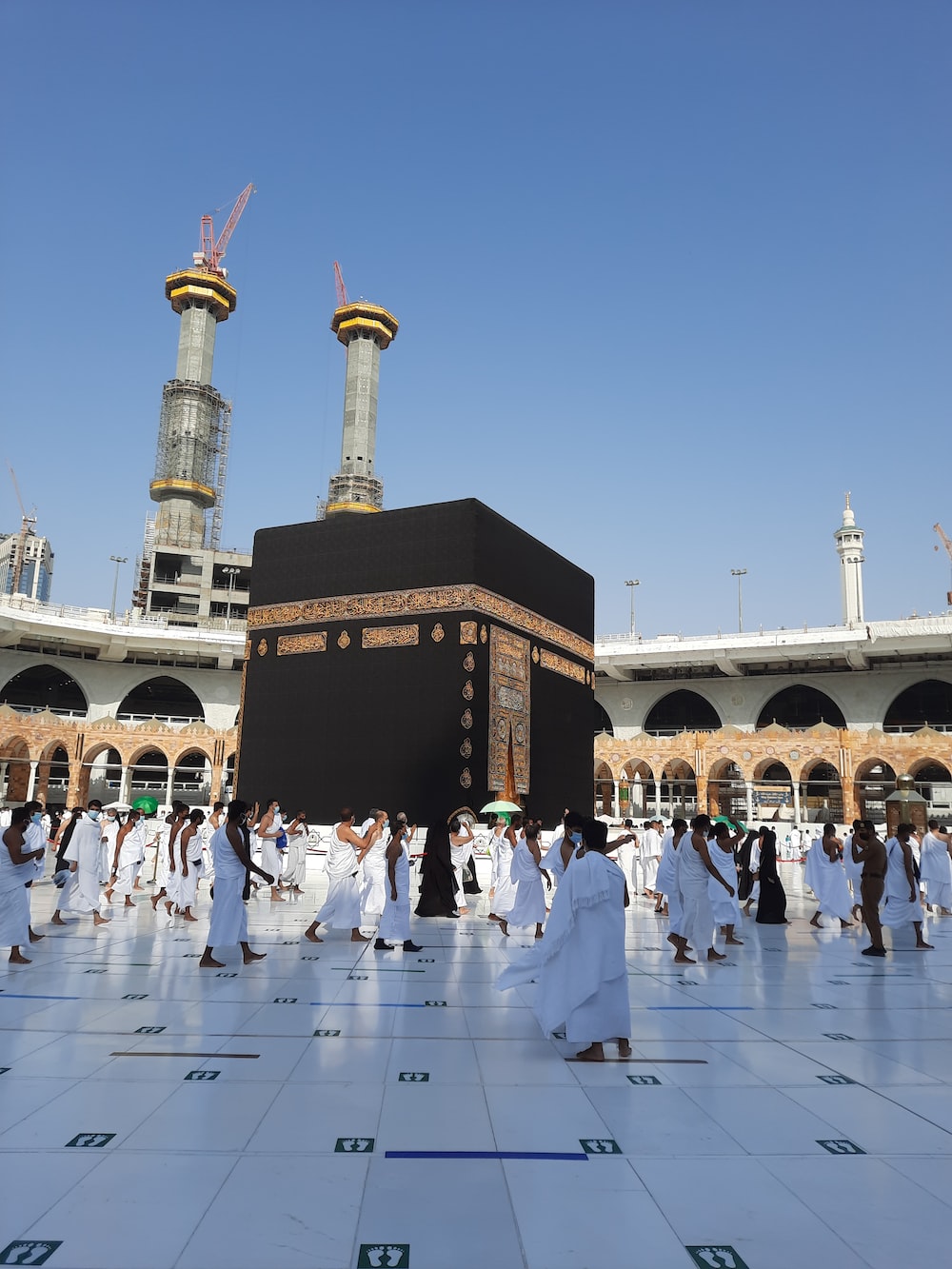Makkah Overview
Makkah is the holy city and at the same time the most sacred and absolutely the most honorable place on earth. The most authentic sources from which to draw reports of its history are the Noble Qur’an and authentic prophetic narrations in this regard, and from them, we can ascertain its ancient history and also how it was before the Messenger ship and Prophet Muhammad صلى الله عليه والعلى آله وسلم. After the advent of Islam, Muslim scholars and historians sought to record the chronicles of Mecca in general history books as well as books that dealt with the biographies of Muslim scholars who lived there.
One of the most famous is the “Chronicles of Mecca and its Ancient Monuments“ by Abu Al-Waleed Al-Azraqi of the third century AH. After that, one scholar who is considered the most prolific author in this field and its history was Imam Taqiyyud-Deen Al-Fasi Al-Makki (775 AH – 832 AH). He called his book “Therapy for Those Who Have an Affection for the History of the Sacred City“.
The establishment of Mecca with the history and foundations of Mecca is directly linked to Prophet Ibrahim when he left his wife Hajar and his son Isma’il in the area in accordance with Allah’s command.
Imam Al-Bukhari reported on the authority of Ibn Abbas in a long narration in which the Prophet صلى الله عليه والعلى آله وسلم once came to us with his wife Isma’ling of antiquity and his son Haajling. Syria to Mecca. At that time Mecca had no water and no one lived in it. Ibrahim took them both to the shade of a tree and left a bag of dates and a bottle of water with them, then headed back to ancient Syria. As he was leaving, his wife Hajar called out to him, “Where are you going? How can you leave us in this desolate valley that has neither people nor anything else (in terms of life)?” She repeated this several times, but he did not respond, so she asked, “Did Allah command you to do this?” Ibrahim replied: “Yes” Then she said, “Then he will never leave us.”
